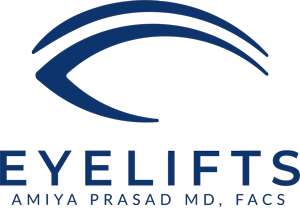What is Botox®?
Botox® (OnabotulinumtoxinA), similar to Dysport, is a drug that also temporarily blocks nerve activity and movement in muscles. In addition to treating cervical dystonia, Botox® is also used to treat eye muscle disorders (spasms and involuntary blinking of the eyelids), hyperhidrosis (severe underarm sweating), migraine headaches, and even overactive bladder and incontinence. In addition to these, Botox® Cosmetic is also a popular cosmetic treatment for facial wrinkles, due to its ability to temporarily paralyze certain muscles that cause deep wrinkles.
Botox for Crow’s Feet and Frown Lines
Botox® injection is an effective way to target and treat frown lines and crow’s feet around the eyes—common signs of aging that can make people look older than they actually are. These types of wrinkles are usually formed due to repetitive muscle contractions over the years (frowning, squinting, etc.), some of which are done unconsciously and have developed into daily habits. Combining this with the physiological changes that are caused by aging, such as depletion of collagen and free radical damage, wrinkles are an inevitable outcome.
Botox Before and After Crows Feet Treatment
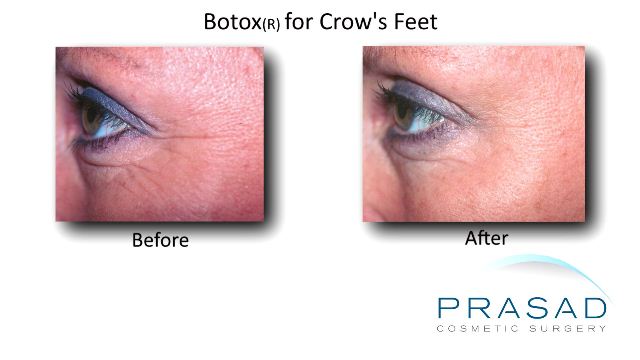
Botox® Treatment Areas
Botox® Cosmetic is used primarily on the following areas of the face:
- The occipitofrontalis muscle, which cause wrinkles along the forehead, particularly the vertical lines in between the eyebrows called glabellar lines, or commonly
- The corrugator supercili and procerus muscles, which cause wrinkles on the nose
- The orbicularis oculi muscle, which frames the sides of the eyes and causes crow’s feet
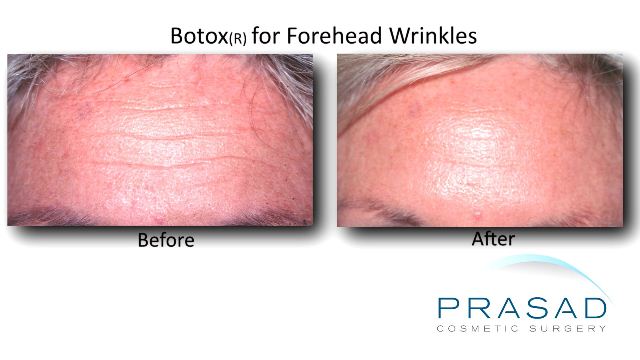
Botox® used to ease the pleating effect of forehead lines by limiting muscle movement. It is important that this artfully and conservatively done as to not freeze the forehead from moving.
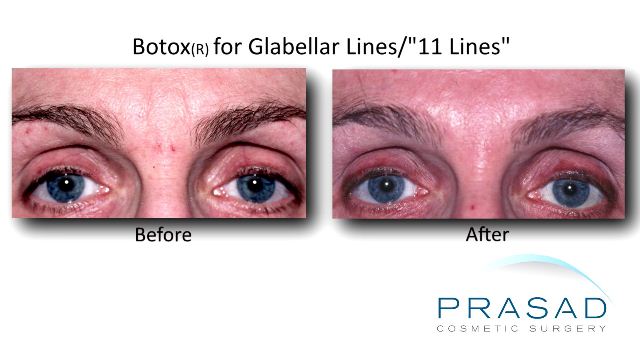
Botox® placed in the glabellar lines, commonly referred to as the “number 11s” to prevent vertical creases.
What Wrinkles can Botox® Treat?
Keep in mind that Botox® Cosmetic can only be used to treat dynamic wrinkles, and not permanent ones. Dynamic wrinkles are those wrinkles that appear when certain facial muscles are moved, or certain facial expressions are done. Permanent wrinkles, on the other hand, are those wrinkles that are visible on the face regardless of whether there is muscle activity or not. Botox® is generally ineffective when treating permanent wrinkles because they exist even without making any muscle contractions.
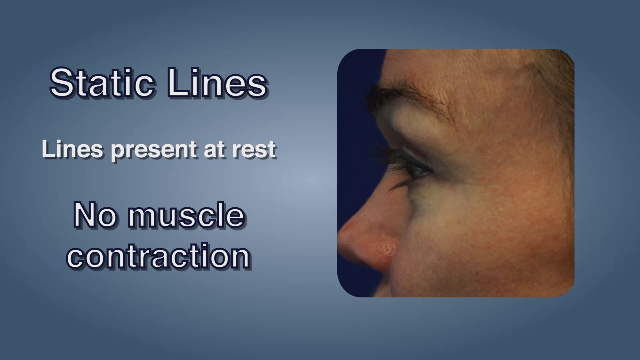
Static wrinkles are present when the face is not moving, so they are not caused by muscle activity, making Botox® or Dysport ineffective for these types of wrinkles. Other treatments such as platelet-rich plasma (PRP) and/or fractional CO2 laser are more appropriate for improvement.
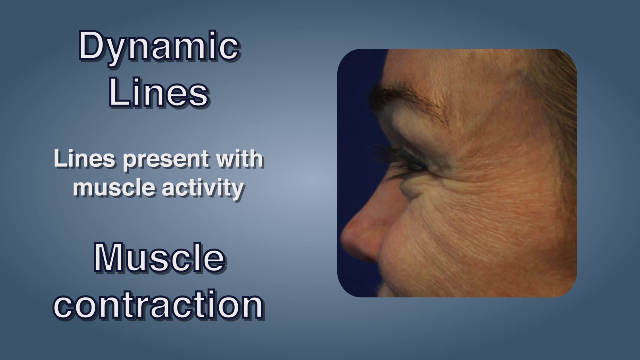
Dynamic wrinkles appear in facial expressions. As these are caused by muscle activity, Botox® or Dysport treatment can improve them.
What are the Benefits of Botox® Injections?
- Botox®, much like Dysport, is a non-surgical treatment. No recovery time is required and patients can leave the clinic right after having had a treatment session.
- A single Botox® treatment session is quite speedy, usually lasting for as long as 10 minutes.
- Results from Botox® treatment can be noticed within 24-48 hours after the session, with results lasting for up to 4-6 months.
Botox® Injection Treatment
With Botox®, a total of 11 injection sites are treated:
- Firstly, in order to address crow’s feet, a series of 3 injections will be made on the muscles surrounding the outside of the eye area (orbicularis oculi muscles), where crow’s feet are commonly seen. This same procedure will be repeated on the other eye as well.
- Secondly, in order to address the wrinkles on the forehead and between the eyebrows, a series of 5 injections are administered—4 in the occipitofrontalis and corrugator muscles and 1 in the procerus muscle.
The Importance of Seeking a Skilled Professional Who Administer Botox®
Botox®, like other similar treatments methods, is a technique-sensitive treatment. This means that the effectiveness of the drug is only as effective as the physician administering it. Dr. Amiya Prasad, an Oculofacial plastic surgeon with over 20 years of experience, stresses that there is nothing more important than making sure you seek out an experienced professional who possesses the skills, know-how, and finesse needed for a sensitive procedure such as this. Dr. Prasad was one of the first doctors to use Botox® for cosmetic procedures in the early 1990s. He advises that patients make sure their attending physician has enough experience with these types of procedures so they can be assured of natural-looking results every time.
In Dr. Prasad’s practice, he believes in a more subtle approach—by simply refining one’s features without altering the natural beauty and uniqueness of one’s facial features. In order to achieve this, he combines his own eye for detail, a steady hand, and his uncanny perception for balance and symmetry so that patients do not have to worry about looking overly “done”.
What to Do After Botox® Treatment?
After injection of Botox® cosmetic treatment, it is important that the patient avoids lying down for 4-6 hours after the procedure, so as to allow the drug to settle into the muscles properly. Patients may expect to see some slight puffiness or swelling around the injection sites, but this usually diminishes in 2-3 days. Results can last for up to 6 months, while some patients may need to come in for a follow-up treatment after 2 months. This is largely due to the differences in the way individuals react to the drug, their lifestyles, and physiology.
Botox® in Manhattan, NYC and Garden City, Long Island, New York
Oculofacial plastic surgeon Dr. Amiya Prasad was one of the first to use Botox® for cosmetic procedures in the early 90s. He offers Botox® treatment in both his Manhattan, New York and Garden City, Long Island clinics. Consider making an appointment with Dr. Prasad so that he may help you make better informed decisions and help you determine the most appropriate treatment plan for your case. You may reach us at our Manhattan office at (212) 265-8877 or our Garden City, Long Island office at (516) 742-4636. Our lines are open 24 hours a day, 7 days a week.
